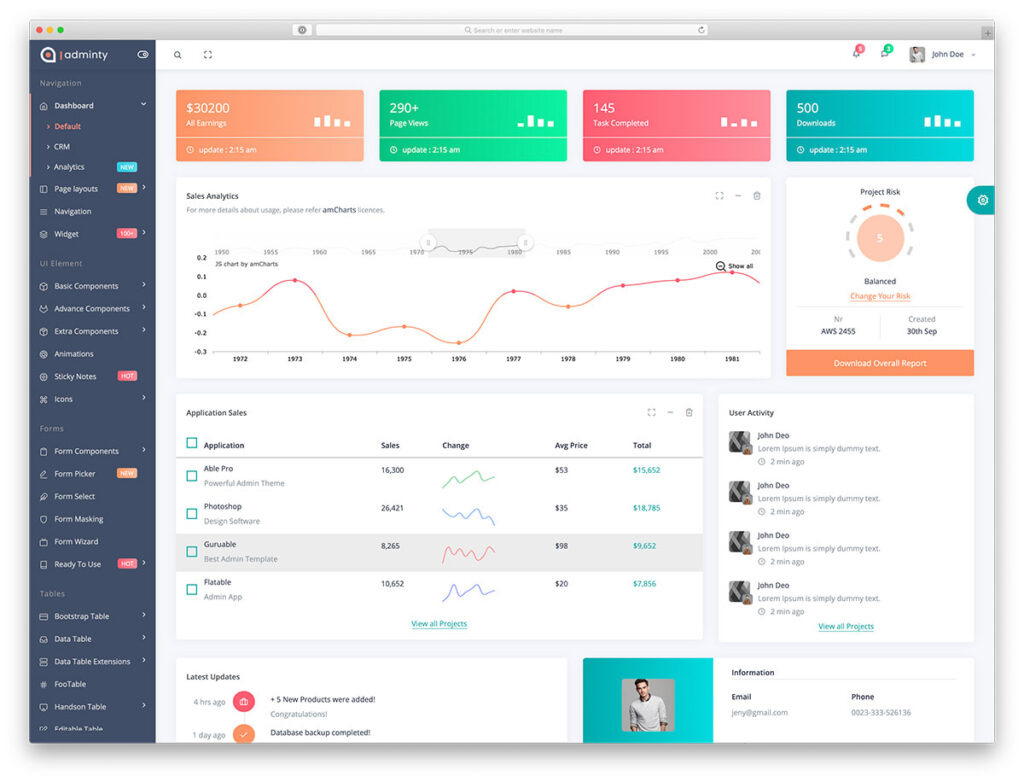So, you’re ready to dive into the world of WordPress development, but you don’t want to mess with a live server just yet? Great idea! Setting up WordPress locally on your MacBook is the perfect way to experiment, test themes and plugins, and build your website in a safe environment. This guide will walk you through the process step-by-step.
Why Install WordPress Locally?
Before we jump in, let’s quickly cover why local WordPress development is so beneficial:
- Safe Testing Ground: You can freely test new themes, plugins, and code changes without risking your live website.
- Offline Access: Work on your website even without an internet connection. Perfect for long commutes or remote locations.
- Faster Development: Local development often results in faster loading times, making your workflow smoother.
- Cost-Effective: No need to pay for hosting while you’re still in the development phase.
What You’ll Need:
- A MacBook: Obviously!
- A Local Development Environment: We’ll be using MAMP (Mac, Apache, MySQL, PHP) in this tutorial, but XAMPP is another popular option. Download and install it from their official website.
- WordPress: Download the latest version of WordPress from wordpress.org.
Step-by-Step Installation:
Install and Start MAMP: Follow the instructions provided with MAMP to install it on your MacBook. Once installed, start the MAMP servers (Apache and MySQL). You should see a green light indicating that they are running.
Create a Database: Open your web browser and go to
http://localhost:8888/phpMyAdmin/(the default MAMP phpMyAdmin address). This is where you’ll create a database for your WordPress installation. Click on “New” to create a new database. Give it a name (e.g.,wordpress_db) and click “Create.”Place WordPress Files: Extract the downloaded WordPress ZIP file. You’ll find a folder named “wordpress.” Copy this folder and paste it into the
htdocsfolder inside your MAMP directory. The path might look something like this:/Applications/MAMP/htdocs/.Run the WordPress Installation: Open your web browser and go to
http://localhost:8888/wordpress/(replace “wordpress” with the name of the folder you placed inhtdocsif you renamed it). You should see the WordPress setup screen.Configure WordPress:
- Choose your language.
- Click “Continue.”
- Enter the database name you created earlier (
wordpress_dbin our example). - Enter “root” as the username.
- Enter “root” as the password (this is the default MAMP password – change this later for security if you’re ever moving this to a live server).
- Enter “localhost” as the database host.
- Leave the table prefix as is (or change it if you prefer).
- Click “Submit.”
Complete the Installation:
- Enter your site title (e.g., “My Local WordPress Site”).
- Choose a username (don’t use “admin”).
- Enter a strong password.
- Enter your email address.
- Click “Install WordPress.”
Log In: Once the installation is complete, you’ll be able to log in to your new local WordPress installation. Use the username and password you created in the previous step.
Troubleshooting:
- Port Conflicts: If you encounter issues with port 8888, you can change the port numbers in the MAMP settings.
- Database Connection Errors: Double-check your database credentials in the
wp-config.phpfile (located in your WordPress directory).
Congratulations! You’ve successfully installed WordPress locally on your MacBook. Now you can start building and experimenting without any worries. Remember to back up your files regularly! Happy coding!
Share this:
- Click to share on Facebook (Opens in new window) Facebook
- Click to share on X (Opens in new window) X
- Click to share on LinkedIn (Opens in new window) LinkedIn
- Click to share on Reddit (Opens in new window) Reddit
- Click to share on Pinterest (Opens in new window) Pinterest
- Click to share on Pocket (Opens in new window) Pocket
- Click to share on WhatsApp (Opens in new window) WhatsApp
- Click to email a link to a friend (Opens in new window) Email



